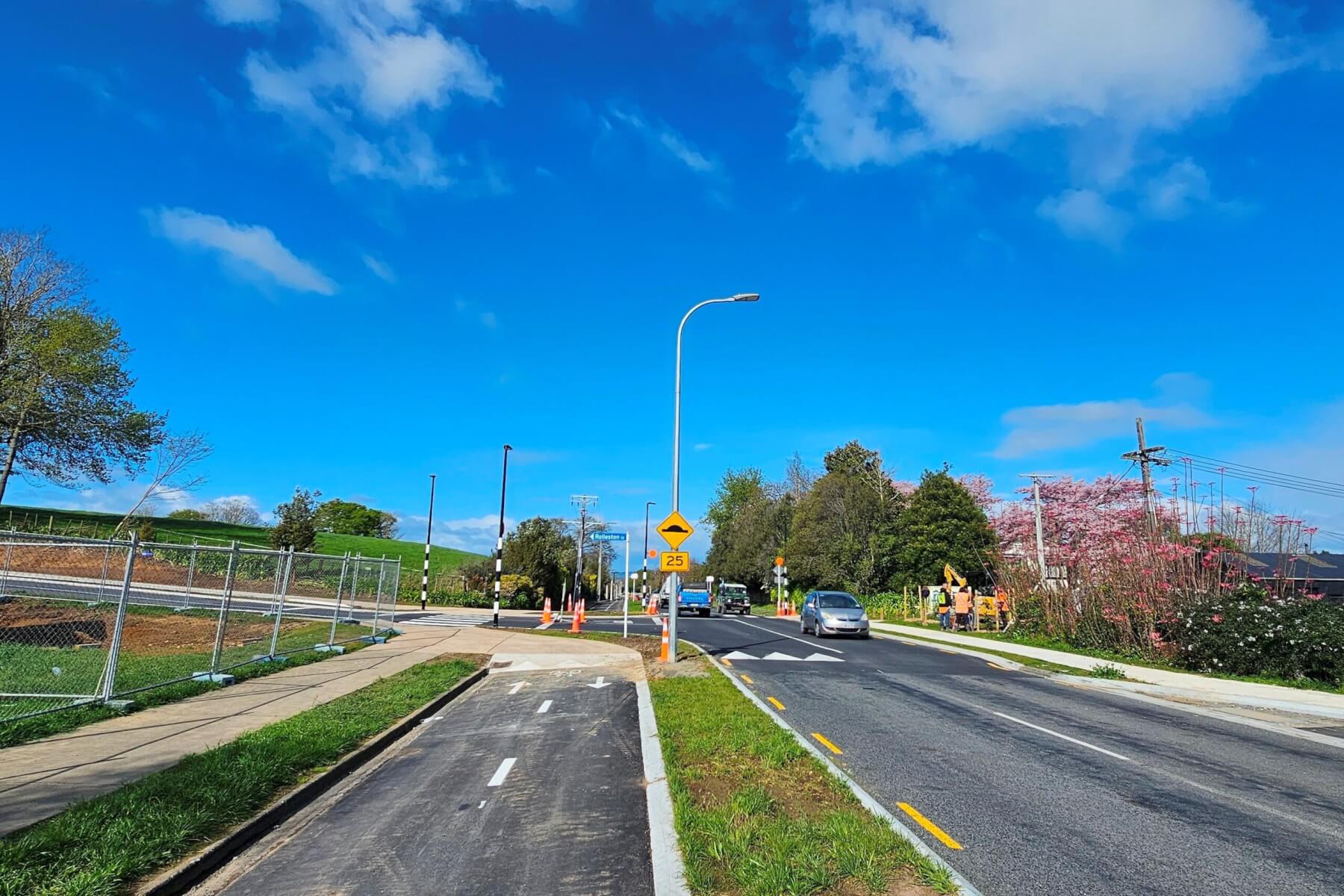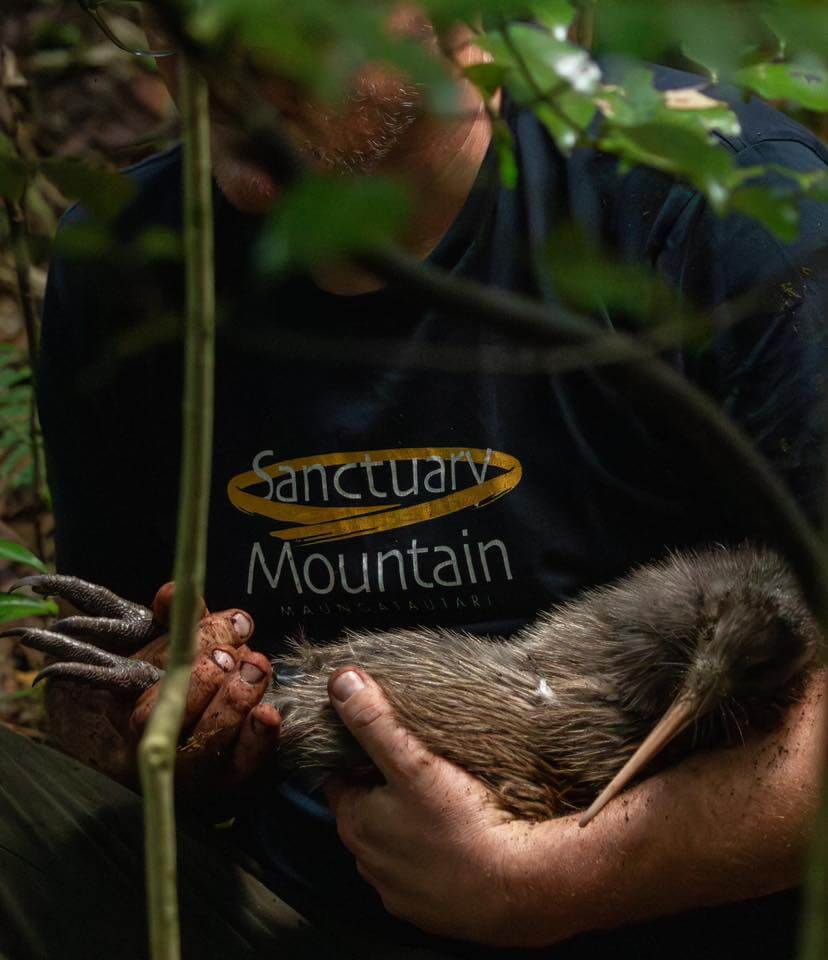Kiwi debate
Clyde Graf’s opinion piece (The News, March 20) on kiwi releases from Maungatautari Sanctuary Mountain casts unfounded aspersions on efforts to protect brown kiwi. He is also ill-informed about the practice of taking kiwi eggs from the wild, raising the chicks in captivity and releasing them back to where they came from as strong, young adults, a practice known as Operation Nest Egg. This is how more than 90 young kiwi were released into Okahu Valley in Te Urewera to boost and replenish the population. Without this method, unprotected kiwi populations are doomed to extinction from predation by mustelids.
The Tongariro kiwi population is far from a “disaster”. It is a large population with occasional set-backs such as incursions of ferrets from nearby farmland. With extra trapping for ferrets and stoats, and repeated aerial 1080 operations, the kiwi are successfully raising chicks. The number of kiwi calls per hour has gone from 1.1 per hour in 2011 to 4.5 per hour in 2023, the sign of a thriving population. Whio and other native wildlife have also benefitted from this predator control.
More than 600 kiwi have been monitored through aerial1080 drops nationwide, and not one has died from 1080. Monitoring of birds transferred from Maungatautari is the responsibility of the Department of Conservation, not the Sanctuary.
Kiwi have flourished in predator-free Maungatautari. Now they are making a big contribution to the survival and re-introduction of kiwi all around the North Island. A conservation success story.
Selwyn June
Hamilton

Letters to Editor
Lake issue
Has anyone visited the predator-proof fenced area at Lake Serpentine (Rotopiko) lately?
We visited a week ago and saw a harrier hawk scavenging a dead duck. We knew something was wrong when the hawk crashed into the bank and fence nearby. Struggling to fly often indicates poisoning, so we went exploring and discovered 12 bird carcasses in various stages of decomposition, and a pukeko investigating a bait station on the eastern perimeter. Apart from that, we saw one pigeon and a fantail. As a bird sanctuary, it’s outstandingly substandard.
A sign at the entrance to Rotopiko says experts re-introduced rats to the predator-proof area to deter the large number of introduced birds that roost there. Then on February 18 they loaded their bait stations with brodifacoum (rat poison) to kill the rats they’d introduced. I wish experts would stop tinkering with nature.
Brodifacoum doesn’t just kill rats. Go and listen to the silence at Rotopiko and then go and listen to the deafening birdsong at the healthy Yarndley’s Bush (only 5km away). The difference is astounding.
Kathy White
Hamilton

The National Wetland Trust estimate that 500,000 birds roost at Rotopiko every night.
Kihikihi Cycle Path
In a recent edition there was an article on the above. In it there were two views given. One was against the cycle paths quoting the disruptions and problems the cycle paths had caused within the village with roads narrowed and cul-de-sacs removing freedom of movement with its increased vehicle travel. The second view was how great the paths were.
The point of interest is that the man who was in favour of the cycle path said how he used it to get into Te Awamutu and back and that it was getting great use from “cyclist and walkers”. “Cyclist and walkers” clearly indicates that he was talking about the path between Kihikihi and Te Awamutu, which is a shared pathway, whereas the cycle paths within Kihikihi are two lane cycle use only in addition to the separate footpath.
I know of no one who objects to the shared pathway to Te Awamutu, indeed it is very popular: the objections voiced by so many of Kihikihi’s residents is to the bike only two lane paths. When asked what residents wanted, the view put forward was for footpaths wide enough for shared use, not the overkill Waipā District Council provided.
Geoff Boxell
Kihikihi

Kihikihi Cycleway









